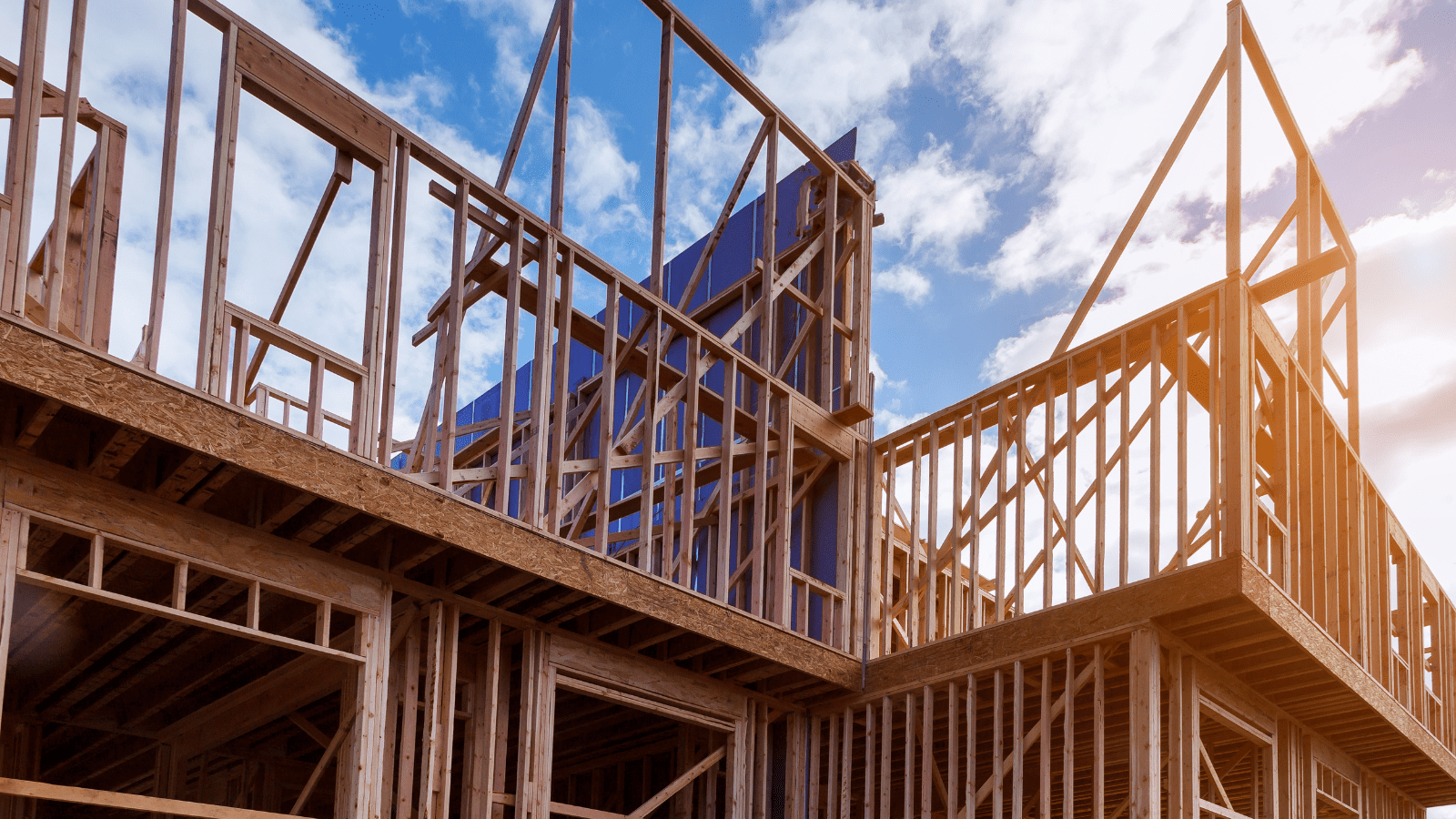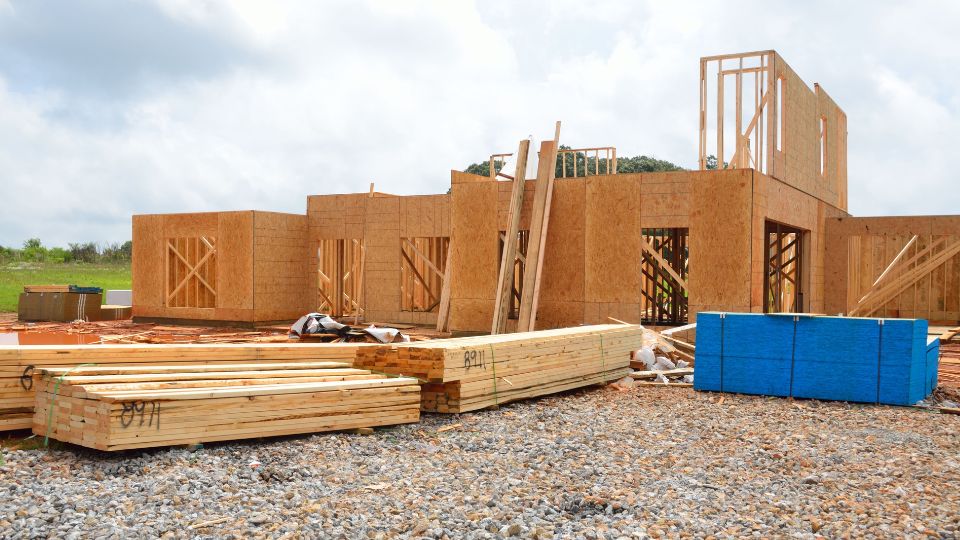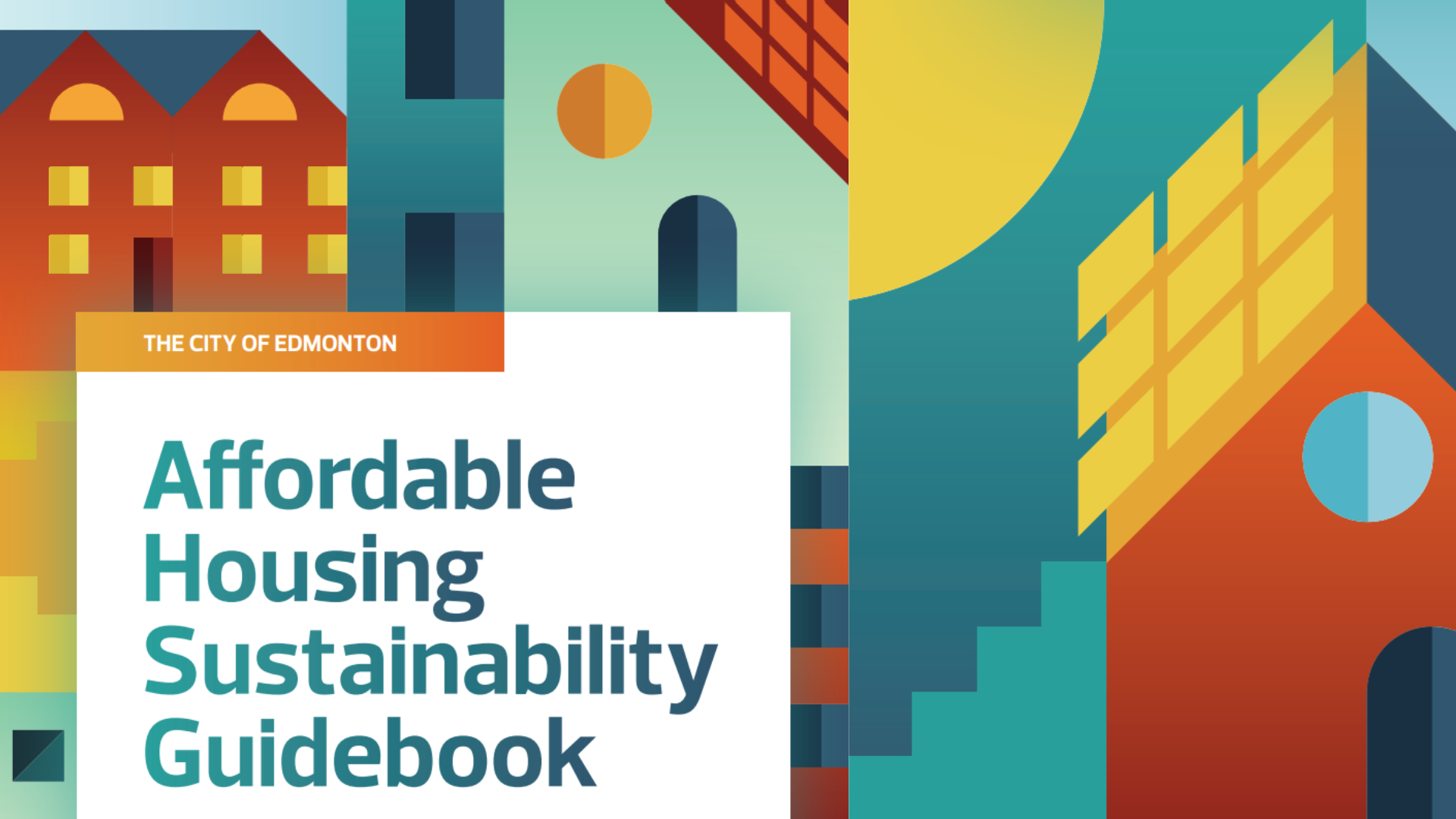On May 1, 2024, the National Building Code: 2023 Alberta Edition (NBC 2023 (AE)) and the National Energy Code of Canada for Buildings: 2020 (NECB) will come into effect in Alberta.
These code updates introduce changes and a tiered framework to gradually meet emissions-neutral targets, aligning with Canada’s emissions reduction goals. As of May 1, 2024, Alberta is adopting tier 1 as the minimum province-wide standard for building energy efficiency.
The Emissions-Neutral Buildings Information Exchange (ENBIX) is committed to sharing resources, addressing barriers, and supporting the transition to more energy-efficient building practices. In preparation for the May 1 rollout, ENBIX has gathered key details and resources to outline the changes impacting Alberta’s building industry.
Here is ENBIX’s high-level summary of the key changes:
Adoption of the 2020 NECB – Part 3 Buildings
- New requirements for glazed assemblies. Lower U-values for glazed assemblies will demonstrate an emphasis on improving the thermal performance of windows, particularly in large buildings with a high percentage of glass. This will lead to triple glazing, low-emissivity (low-E) coatings, and the incorporation of inert gas fill between panes will become more common.
- Option for whole building airtightness testing as an energy compliance strategy to address and minimize uncontrolled air leakage. This means that earlier coordination and details will be required to meet airtightness levels for energy savings. There will be opportunities for innovation in building design and construction practices.
National Energy Code of Canada for Buildings (NECB) Tiers (Part 3 Buildings)
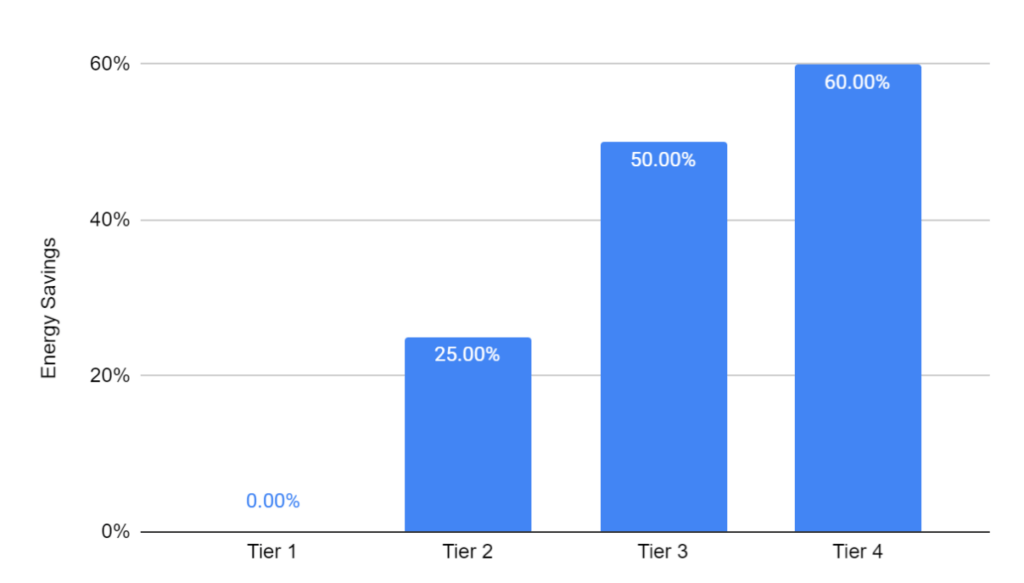
Updates to the 9.36 Energy Code – Part 9 Buildings
- Furnace performance has increased from 92% AFUE (Annual Fuel Utilization Efficiency) to 95% AFUE and requires high-efficiency ECM (Electronically Commutated Motor)
- Airtightness testing becomes mandatory at Tier 2
- Peak cooling load is only used when comparing the performance gain from Tier 1 to Tier 2, where both houses must be compared equivalently
The Safety Codes Council has developed an in-depth resource highlighting the updates to the 9.36 Energy Code. You can see it here.
9.36 Energy Code Tiers (Part 9 Buildings)
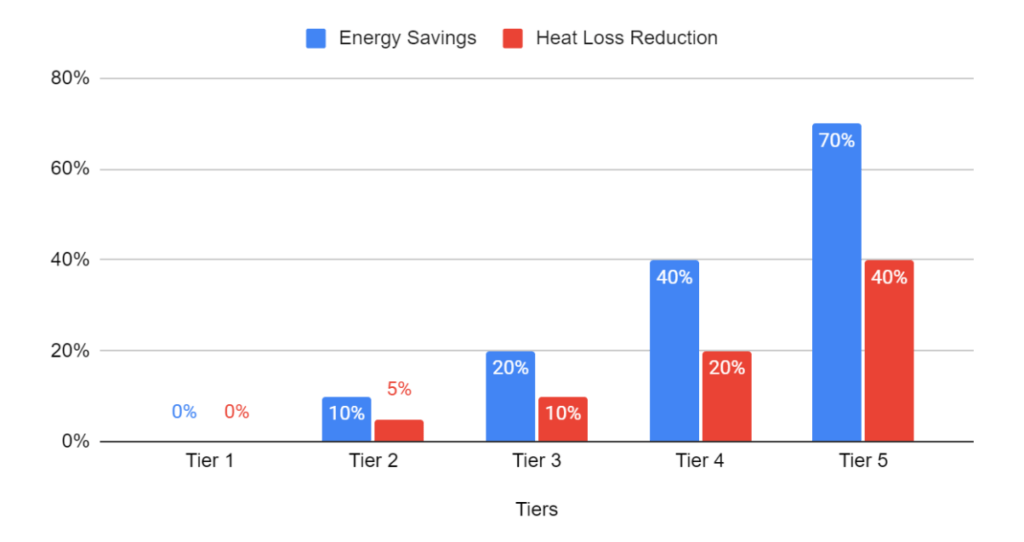
Data from Calgary and Edmonton
Data from the City of Calgary and the City of Edmonton demonstrates a positive trend towards higher energy efficiency in building practices. They have reported that 44% to 48% of performance path builders (builders using energy modelling) in urban centers are already building above Tier 2 for Part 9 buildings, indicating a shift towards higher energy efficiency.
Resources for Transition
As Alberta implements these updated codes, ENBIX is dedicated to offering resources, webinars, partnerships, and communities of practice aimed at overcoming barriers and supporting the transition to more energy-efficient building practices.
Check out the resources below for a more in-depth look at the upcoming changes:
- 9.36 (Part 9) & NECB (Part 3) Building Classification Guide
- National Building Code: 2023 Alberta Edition - NRC publication
- 2020 National Energy Code of Canada for Buildings - NRC publication
- Alberta Edition Changes Video Overview - BILD Alberta
- Guide to Near Net Zero Residential Building - NAIMA
- Part 9 Comparison - Safety Codes Council

